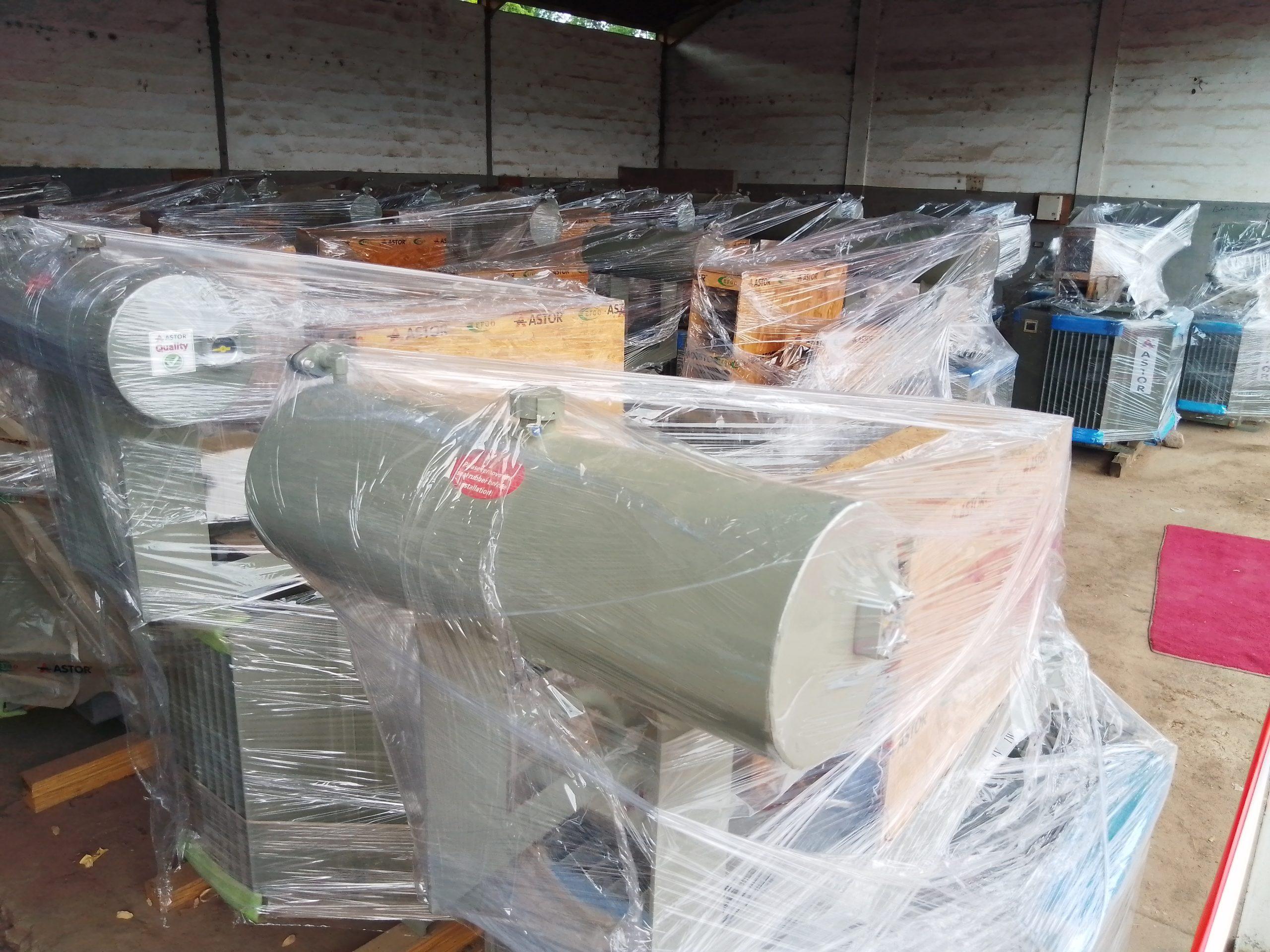By Isaac Atunlute
The recent installation of 500 electricity transformers in all 44 local government areas of Kano State has been described as a strategic initiative towards filling energy deficits — particularly in the rural communities.
With capacities ranging from 200 KVA to 500 KVA, the transformers were distributed based on assessed power needs, ensuring supply aligns with local demand.
The step was taken by the state and the local governments against recurrent power failures that have crippled social and economic developments in rural Kano.
Across Nigeria, nearly a third or 85 million citizens of the population lack access to electricity, making the Kano initiative commendable.
Electricity is at the core of social and economic life, and any effort to ensure its availability and affordability adds up. The action mirrors a similar small intervention in Lagos.
In 2024, the state’s rural electrification programme delivered four units of transformers to four communities within the Ikorodu division, including Igbogbo‑Baiyeku, Ikorodu West, and Ikorodu Central.
These upgrades brought reliable electricity to approximately 400 households per 500 kVA unit, significantly improving residential lighting, enabling small business operations, and boosting social wellbeing.
Not enough
While the deployment of transformers is a visible intervention, the less visible challenge lies in sustainability.
Across Nigeria, the failure of past electrification projects has often stemmed not from lack of equipment, but from lack of maintenance, unclear ownership, and limited community involvement.
For Kano’s initiative to succeed where others have faltered, it must embed long-term planning into the rollout.
Without these, the risk remains that the equipment will become an idle infrastructure, but not impactful.
Establishing local monitoring committees, training community members in basic fault detection, and integrating maintenance would create accountability structures at the community level.
This way, the transformers would not add to the list of abandoned infrastructure, but it would remain operational, effective, and efficient for the people who need them the most.
To ensure this effort doesn’t become another entry on Nigeria’s long list of abandoned projects, Kano can look to other models that have succeeded by pairing infrastructure with sustainable systems.
One such example is found in Toto, Nasarawa State, where the Rural Electrification Agency facilitated the commissioning of Nigeria’s first solar hybrid mini-grid under the Nigeria electrification project.
The 352 kWp plant, developed by PowerGen in partnership with the Abuja Electricity Distribution Company, now provides steady electricity to over 2,000 households and small businesses.
What makes this project noteworthy is not just its output, but its sustainability — driven by local engagement, public-private collaboration, and a decentralised energy model.
If Kano’s transformer deployment is integrated in a larger, sustainable energy plan with alternate sources of energy and community-based systems of upkeep, it can serve as a national rural electrification model.
Kano’s approach highlights a greater truth that bridging Nigeria’s power gap won’t be achieved through mere sayings, but will require coordination, capacity building, and real political will.
The provision of 500 transformers is a good start, but the key will be how the local communities are empowered to make that electricity add up, to transform power supply into real, sustainable benefits.
The installation of 500 electricity transformers in Kano State's 44 local government areas aims to address energy deficits, especially in rural communities, with capacities ranging from 200 KVA to 500 KVA based on assessed needs.
This initiative seeks to counter recurrent power failures hindering social and economic growth, as nearly a third of Nigeria's population lacks electricity.
While the provision of transformers is a significant step, the challenge lies in sustainability. Previous projects in Nigeria have failed due to lack of maintenance and community involvement. For success,
Kano should ensure long-term planning, establish local monitoring committees, train community members in fault detection, and integrate maintenance practices to prevent abandonment.
Emulating successful models, such as the Rural Electrification Agency's solar hybrid mini-grid in Toto, can provide steady electricity to households through local engagement and public-private collaboration.
Ultimately, the success of Kano's initiative depends on empowering communities to transform the improved power supply into sustainable benefits.






